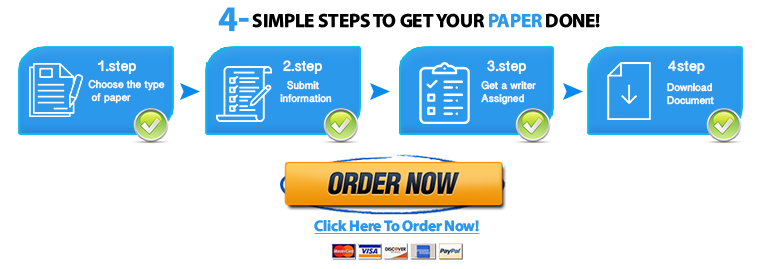wirrting help
Here are some “rules” for what makes a “literacy narrative”: some form of code-switching within the narrative, usually a descriptive setting at the beginning, linear timeline possibly, start with a really specific moment and then move through the narrative to a broader takeaway, pose problem at the beginning and then solve by the conclusion, varied sentence structure, desire for equality for communities or parts of identity that have been marginalized in someway, has to do with reading/writing, usually in first person to make it personal, the narrator/writer usually describes themselves coming into awareness of a problem that was not previously a problem, usually the narrator moves from being within their community into either a different community or a broader community which makes them aware of something about themselves/their identity, usually describes some formative moment from childhood, family seems to be central, narrator/writer usually attempts to find pride in their literacy and identity by the end of the narrative, and usually the “tension” within the piece is when their forms of literacy butt up against dominant/hegemonic social strictures.
Please re-read through these rules one more time and then consider Sommers’ and Washuta’s narratives. Please describe in 2-3 sentences what you think the “problem” is within each narrative. Then, which of these rules do their narratives follow? Which do their narratives break? For the rules they follow, how do they make them their own? For the places where they break the rules, what makes those breaks effective? Remember 200-250 words.
Washuta:https://lithub.com/they-just-dig-on-writing-coal-mining-and-fear/


